What is a Shrimp Plant?
The Shrimp Plant, scientifically known as Justicia Brandegeana, comes in two forms: the Braided Shrimp Tree and Shrimp Bush. They are captivating flowering plants that add a touch of exotic beauty to gardens and indoor spaces. Learn more about the history, geographical distribution, uses, distinctive blooms, care tips, frequently asked questions, and the art of growing and maintaining these unique plants.
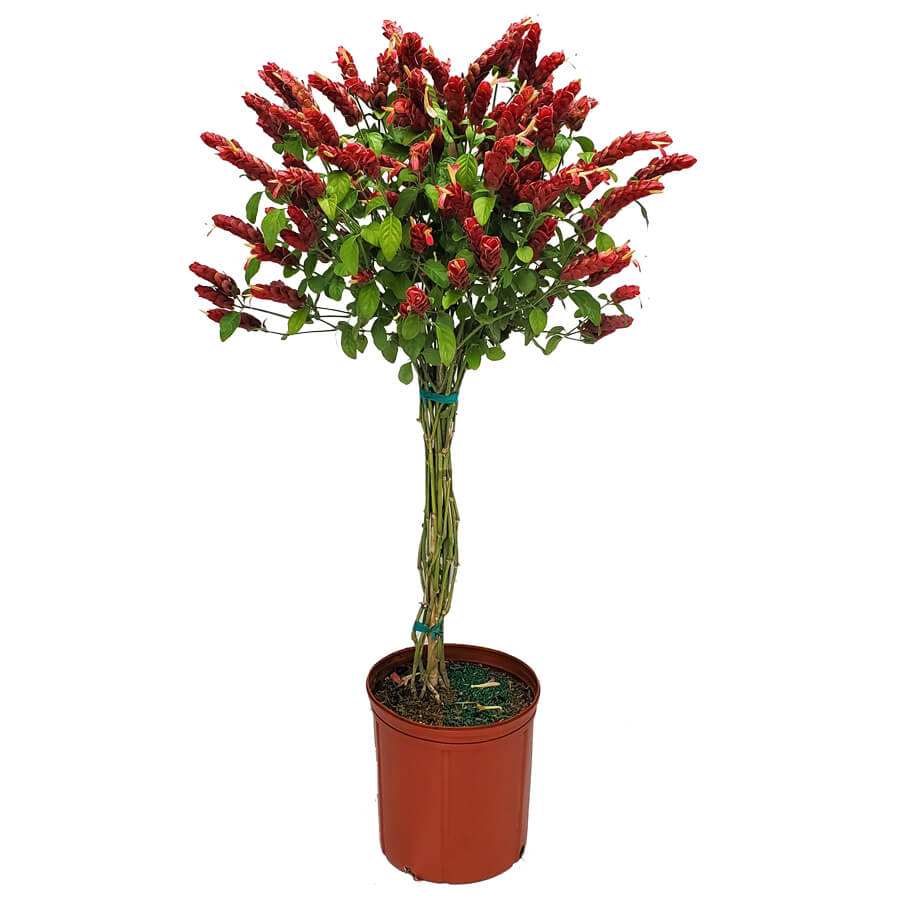
History of The Shrimp Plant
Justicia Brandegeana, commonly referred to as the Shrimp Plant, has a rich history. Native to Mexico and Central America, this plant was first discovered and documented by the American botanist Townshend Stith Brandegee in the late 19th century. Since then, it has become a favorite among gardeners and plant enthusiasts worldwide.The history of Justicia Brandegeana, the Braided Shrimp Tree, and Shrimp Bush Plant, extends beyond its ornamental appeal to encompass traditional uses by indigenous communities. Among these communities, the Huastec people of Mexico have long utilized this plant in traditional medicine for a variety of purposes.
The Shrimp Plant holds a significant place in Huastec traditional medicine, where it has been employed for treating various ailments like dysentery, wounds, and gastrointestinal disorders. The Huastec people, with their deep connection to the land and rich herbal knowledge, recognized the medicinal properties of the Shrimp Plant and incorporated it into their healing practices.
Geographical Distribution
The Shrimp Plant is primarily found in tropical and subtropical regions. Its native habitat includes Mexico, Guatemala, and Honduras. However, due to its popularity, it has been cultivated and grown in various parts of the world with suitable climates.
How Blooms Get Their Shape
The name “Shrimp Plant” is derived from its unique blooms that resemble the shape of shrimps. The inflorescences, or flower spikes, bear a striking resemblance to a shrimp with their curled, overlapping bracts and white or pink flowers emerging from them. This distinctive shape is a result of the plant’s evolution to attract pollinators.
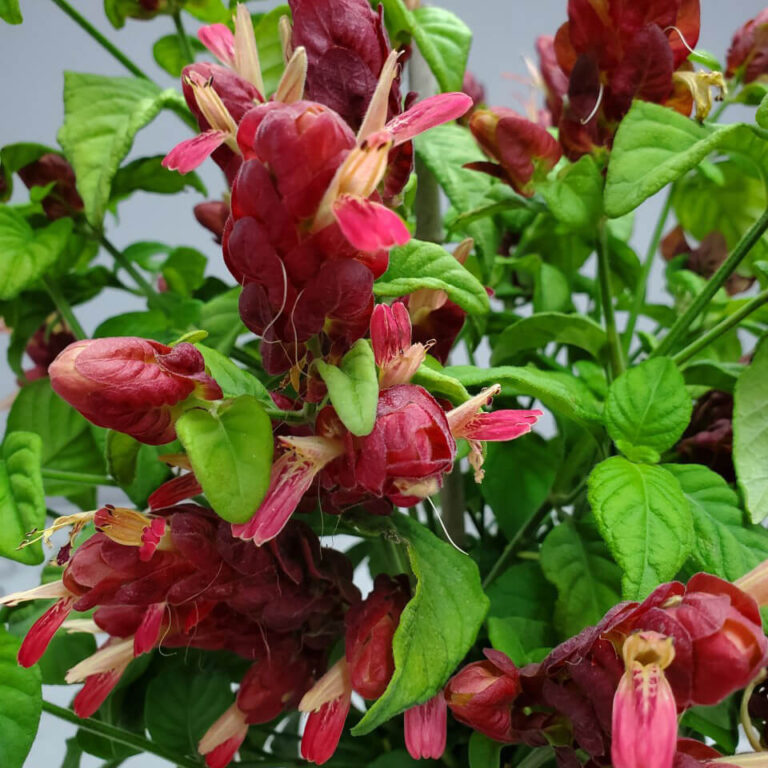
Shrimp Trees VS Shrimp Bushes

Shrimp Tree
The Braided Shrimp Tree form of Justicia Brandegeana is a captivating variation that showcases a unique growth pattern.
Braided Trunk: The tree form is distinguished by a braided trunk, giving it an artistic and ornamental quality. Gardeners often cultivate the Braided Shrimp Tree for its aesthetic appeal and the opportunity to showcase its twisted, intertwined branches.
Height: In its tree form, the Shrimp Plant can grow taller, reaching heights of several feet. The braided trunk adds vertical interest, making it a focal point in gardens or indoor spaces.
Landscape Impact: The Braided Shrimp Tree is well-suited for landscaping purposes, particularly in areas where a vertical element is desired. It can be used as a standalone specimen or as part of a diverse plant arrangement.
VS
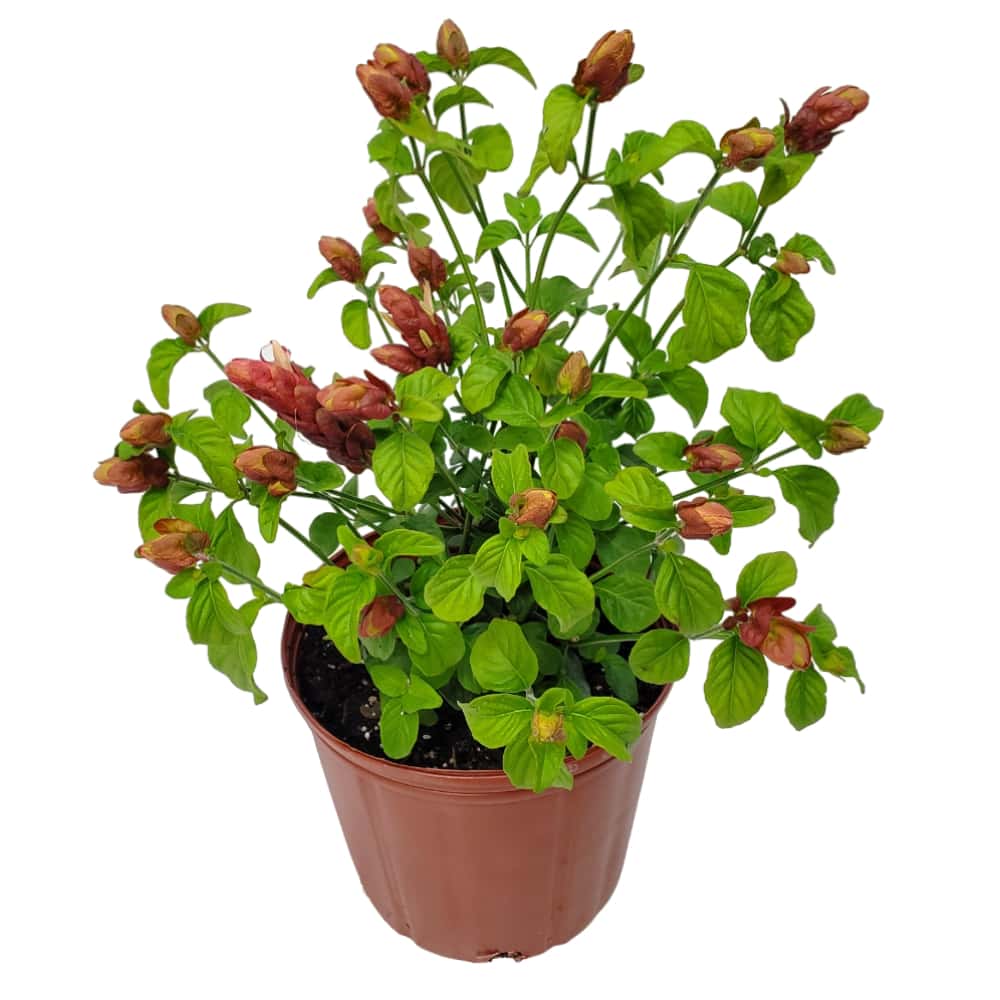
Shrimp Bush
The Shrimp Bush represents the more traditional growth habit of Justicia Brandegeana.
Compact Growth: The Shrimp Bush Plant typically exhibits a more compact growth habit, forming a bushy and rounded silhouette. This makes it suitable for both garden beds and container gardening.
Versatility: The bush form’s versatility allows it to be used in various settings, from borders and mass plantings in gardens to potted displays on patios or balconies. Its adaptable size makes it an excellent choice for diverse landscapes.
Indoor Cultivation: While both forms can thrive indoors, the Shrimp Bush Plant’s compact nature makes it particularly well-suited for indoor environments. It can be placed on windowsills or as part of indoor plant collections.
Shrimp Plant Care Tips
Sunlight
Plant them in a location where they can receive full sunlight for at least six hours a day.
Watering
Keep the soil consistently moist but not waterlogged. Allow the top inch of soil to dry out before watering again.
Humidity
Maintain a warm and humid environment, as these plants thrive in tropical conditions. Misting goes a long way with this plant.
Triming
Trim back leggy growth to promote bushiness and remove spent flowers to encourage new blooms.
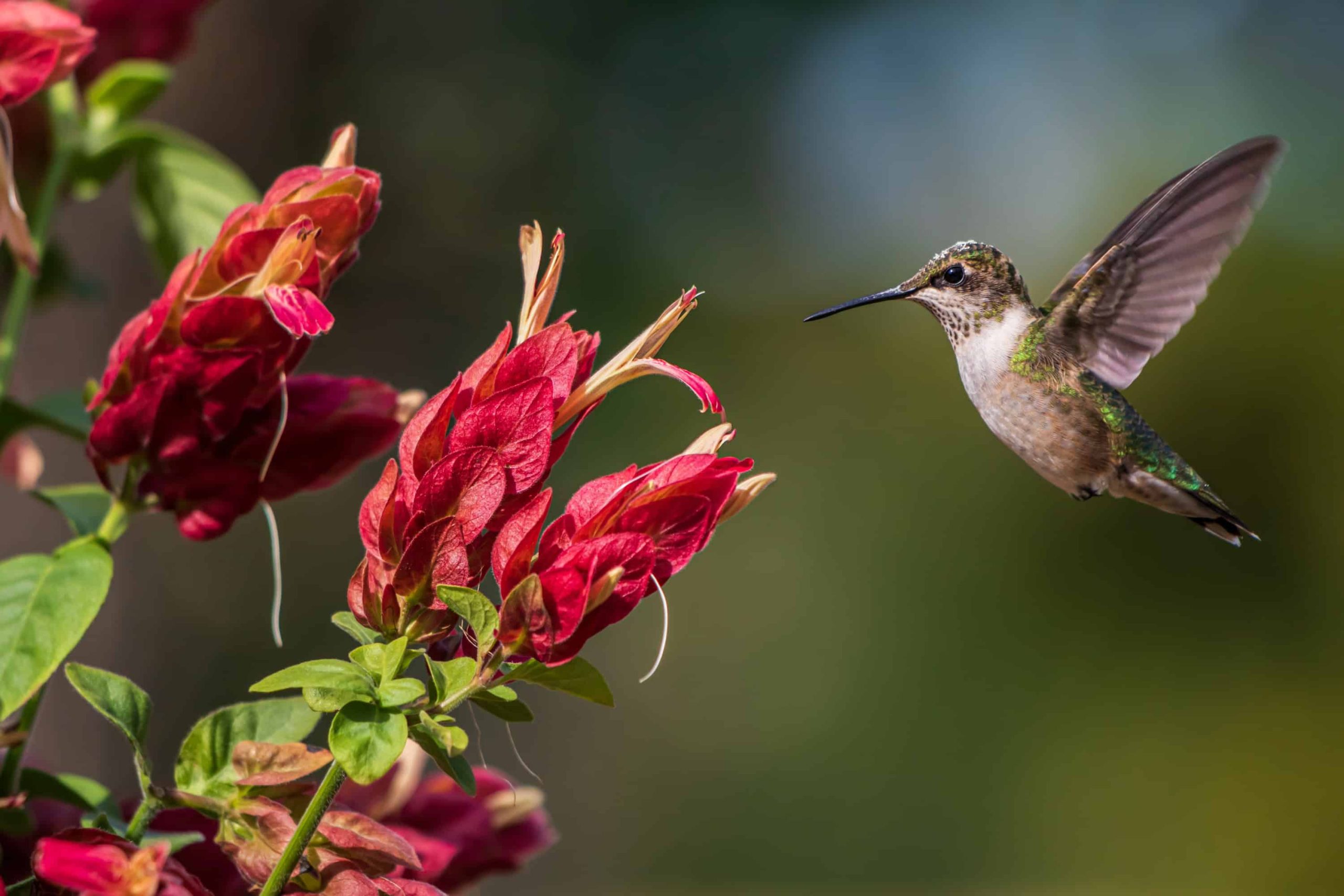
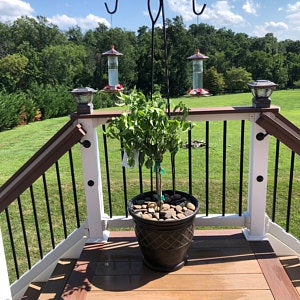
Shrimp Plant FAQ
Are Shrimp plants good for beginners?
Yes, Shrimp Plants are excellent for beginners due to their hardiness, adaptability to different environments, and low-maintenance care requirements.
Can Shrimp Plants withstand cold temperatures?
The Shrimp Plant thrives in tropical and subtropical climates. If you live in a colder region, consider growing it as an indoor plant. Protect it from cold drafts and temperatures below 50°F.
Do Shrimp Plants attract pollinators?
Yes, Shrimp Plants attract pollinators such as butterflies and hummingbirds with their unique shrimp-shaped blooms. The vibrant colors and distinct flower structure make them enticing to these pollinating visitors.

